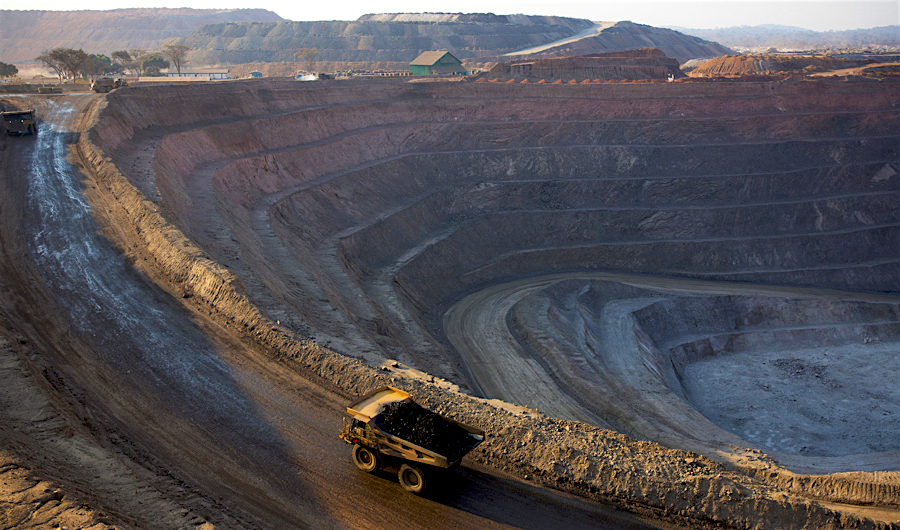Cobalt market to avoid shortage despite Congo mine closure — Nornickel

Cobalt supply will remain robust despite a price slide that has already led to the closure of a major mine, Russia’s Norilsk Nickel said, as most is produced as a byproduct of more buoyant metals like nickel and copper.
Prices of the battery metal surged in 2017 and 2018 on expectations for an electric vehicle revolution, but have fallen this year due to excessive supply and the impact of the U.S.-China trade war.
They are now down 60% from their spring 2018 peak.
In August global mining and trade giant Glencore said it would shutter its Mutanda mine in the Democratic Republic of Congo from year-end for two years due to low cobalt prices.
The mine accounts for 15% of global cobalt supplies, according to Credit Suisse estimates.
“The fact that one mine is being removed from supply does not radically change the situation – we do not have a shortage of the metal,” Anton Berlin, head of Nornickel’s marketing department, told Reuters. “We do not see a structural problem for the market.”
Nornickel, the world’s eighth largest cobalt producer with about 3% of global output, mines the metal in mixed ores in its Arctic deposits along with nickel, palladium, copper and platinum.
“In most cases, the cobalt market is in surplus,” Berlin said. “Probably because it is a by-product, no one limits (its production) because of low prices.”
Speaking ahead of LME Week, a gathering of the metal industry in London this week, Berlin also said Nornickel’s battery materials project with Germany’s BASF was unlikely to be affected by lower cobalt prices.
BASF is building a factory to make cathode materials for electric car batteries in Finland, close to Nornickel’s nickel and cobalt refinery, which supplies raw materials to the project.
While cobalt consumption is still growing, Nornickel sees expectations for demand as overstated as the industry focuses on boosting the nickel content of batteries at the expense of cobalt, part of a bid to increase energy storage capacity.
(By Anastasia Lyrchikova and Polina Devitt; Editing by Jan Harvey)
{{ commodity.name }}
{{ post.title }}
{{ post.date }}

Comments